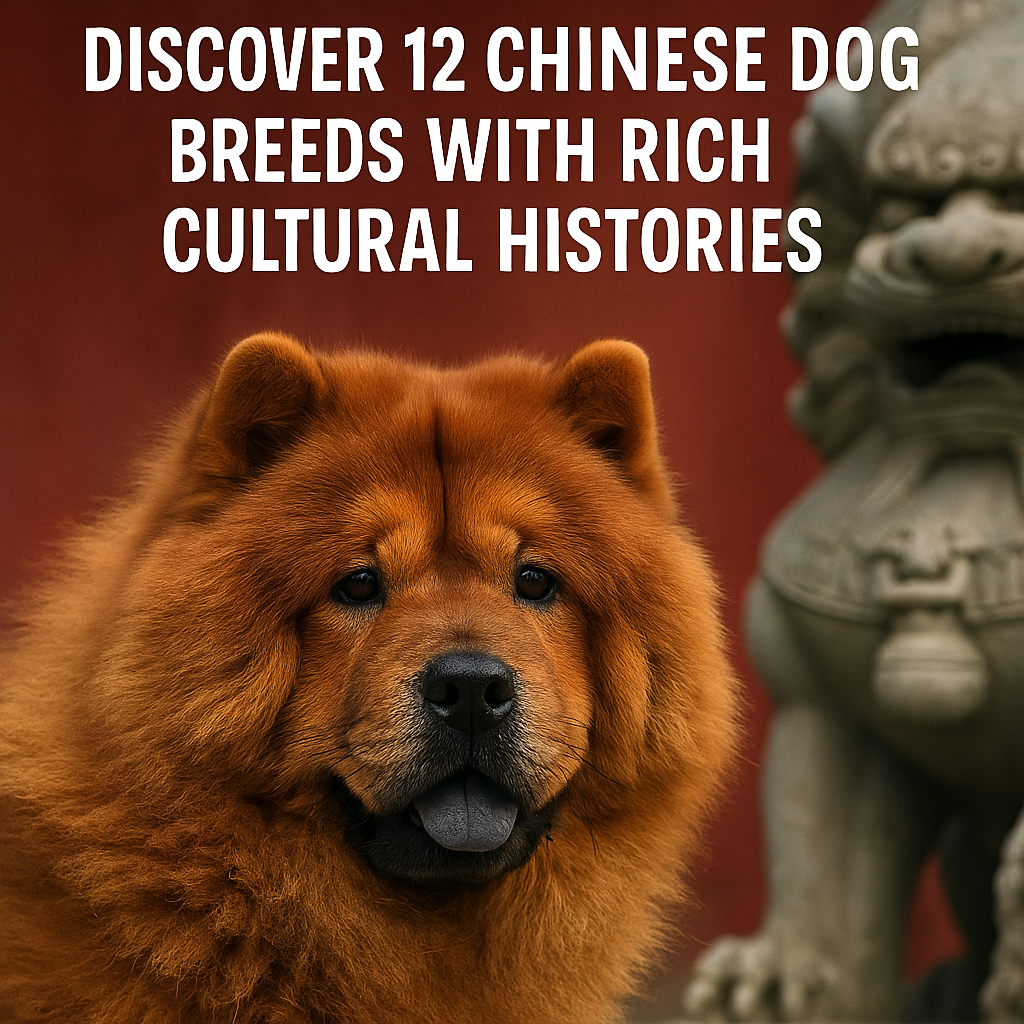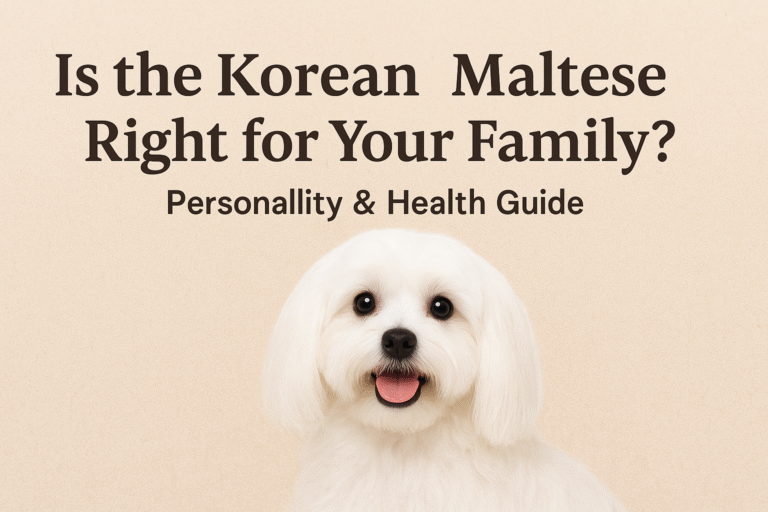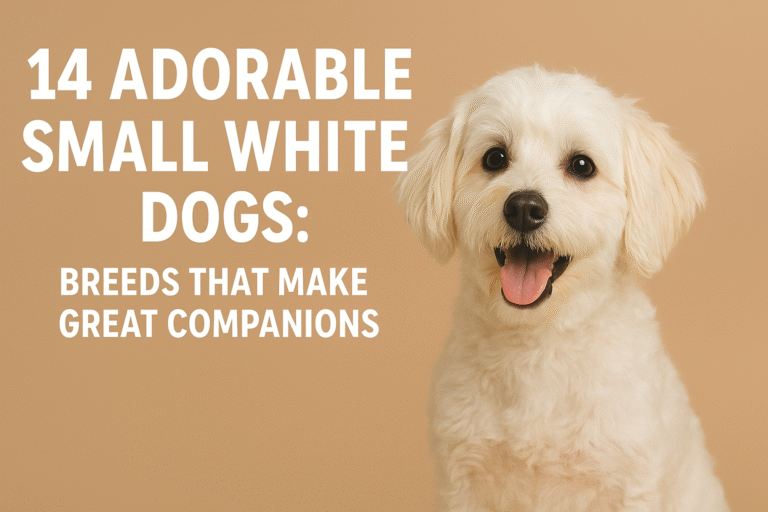Discover 12 Chinese Dog Breeds with Rich Cultural Histories
From palace lapdogs to diligent working breeds from China’s rugged mountains, these 12 Chinese dog breeds boast a deep and fascinating cultural legacy. Their unique looks, temperament, and nature are the result of time-tested traditions, survival spirit, and even palace politics. Let us know more about these breeds than about animals—living documents to China’s great heritage.
1. Chow Chow – The Great Lion-Tongued Guardian
With its noble look and proud temperament, the Chow Chow truly captures the spirit of traditional Chinese dog breeds. Lion-faced in lion-faced coat, blue-black tongued, the breed strode temple and hunted as court hound centuries past. Bred more than 2,000 years ago, perhaps more, Chow Chows are aloof and individualistic, uncompromising pack followers but needing mature and firm handling.
2. Shar‑Pei – Wrinkled Wisdom and Sturdiness
Shar‑Pei, wrinkled face and black-tongued disposition, is particularly distinctive. The Shar-Pei, a centuries-old breed from southern China, was once treasured on farms for guarding, herding, and hunting. Facing near extinction in the 20th century, it was saved through dedicated international breeding efforts. Laid-back, sociable companions, they make fine home watchdogs.
3. Pekingese – Emperor’s Sleeve Companion
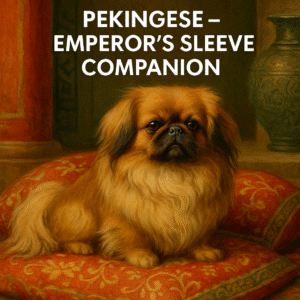
Reserved exclusively for Chinese emperors in the early days, Pekingese dogs were raised in luxury behind palace walls. Carried in the loose folds of a traditional robe—hence the term “sleeve dog.” With flowing coat and lion-dog face, Pekingese were heaven on earth companions. They’re renowned for their strong wills, loyalty, and surprisingly forceful natures in spite of such brief stature.
4. Shih Tzu – Sweet Royal Lap Dog
Breeding as Chinese aristocrat house dogs, Shih Tzu translates to “Lion Dog.” A cross between Tibetan and Pekingese, Shih Tzus were a prized Ming and Qing dynasty companion pet. Gentle, dignified, and fully suited to urban flat life, soft silky fur and smiling faces have made them one of the world’s top toy breeders.
5. Chinese Crested – Hairless Rat-Logger of the Seas
Identifiable by its bald head and body and tufts of hair on its feet and body, Chinese Crested was employed to repel rodent infestation on Chinese sailing ships. Hairless and Powderpuff forms exist in the breed. They do not signify conformation of their exotic origin because Cresteds are friendly, playful, and people-dominating.
6. Lhasa Apso – Himalayan Watchdog and Sacred Sentinel
Although a Tibetan breed, the Lhasa Apso had close association with Chinese imperial temples and courts as well. Monastery guard dogs, they were never traded—just presented. Dense coat, dignified stride, unsuspecting endurance make an unlikely buddy respectfully deferring to centuries of mystique.
7. Tibetan Spaniel – Little Lions of the Monasteries
The Tibetan Spaniel shares a spiritual legacy similar to the Lhasa Apso. These small yet alert dogs once served as monastery guardians, often seen perched on walls to alert monks of any approaching visitors.
8. Chinese Chongqing – Han Dynasty Ancient Hunter
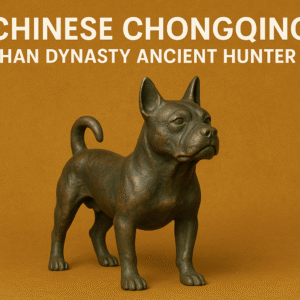
China’s rarest dog is the Sichuan Chongqing Dog. Curled tail, short coat, and muscular type define this breed that turned them into a guard and hunting breed in the Han dynasty. Very protective and possessive, they make great companions to their masters but need early socialization and strict training.
9. Fu Quan (Chinese Foo Dog) – Temple Guard and Symbol of Prosperity
Fu Quan or Foo Dog is not a breed, but a legend. They were bred solely to resemble mythical lion statues which were used to guard Chinese temple gateway entrances. They were meant to halt prosperity and harmony and also used in rituals and ceremonies. Nowadays it’s hardly possible to get this breed and symbolically priceless, but still attempts are undertaken to rescue it.
10. Liangshan Dog – Mountain-Born Yi People Tracker
The Liangshan Dog is a Chinese hunting working dog of the country’s Yi of the southwest. This medium-sized hunting and working dog is bred for its adaptability, athleticism, and strong loyalty. Less well known across the globe, they are highly culturally valued at home and used even today in traditional hunting methods.
11. Xiasi Dog – Good-Luck Herding Companion
Guizhou province native, the Xiasi Dog sports a white wiry coat and working demeanor of born industry. Former occupation: herding, hunting, guarding. Lucky and money-bringer, they say. Though relatively uncommon in China even today, it’s an amazingly capable, intelligent breed which needs to be rescued.
12. Formosan Mountain Dog (Taiwan Dog) – Ancient Island Hunter
This native Taiwanese breed has one of the oldest Asian gene pools for canines. Preennially bred Formosan Mountain Dogs bred for hunting in hilly, dense forests are being rediscovered in Taiwan as working dogs and as pet companions.
Cultural Significance of Chinese Dog Breeds
Protectors of Temples and Homes
They were friends but also spiritual protectors. TTemple dogs such as the Fu Dog, Lhasa Apso, and Tibetan Spaniel were believed to alert monks from slumber and protect sacred spaces by chasing away evil spirits.
Symbols of Nobility and Wealth
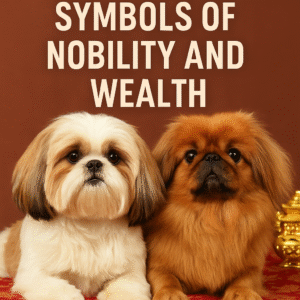
Pekingese and Shih Tzus were symbols of nobility and wealth, typically curled up on the lap of nobles and empresses. They were once the luxury to possess by the aristocracy. Political unrest and a change of attitude among society almost eradicated certain breeds. Through the work of dedicated breeders and conservationists, many were saved from extinction and continue to this day.
Choosing a Chinese Dog Breed: What to Consider
| Trait | Top Breeds |
|---|---|
| Small Apartment | Shih Tzu, Pekingese, Chinese Crested |
| Low Maintenance | Formosan Dog, Liangshan Dog |
| Allergy-Friendly | Chinese Crested, Shih Tzu |
| High Guard Drive | Shar-Pei, Chongqing, Fu Quan |
| Beginner-Friendly | Tibetan Spaniel, Shih Tzu |
FAQ (Frequently Asked Questions)
Q1: Are all Chinese dog breeds low‑shedding?
Not exactly. Just the Chinese Crested and Shih Tzu are low‑shedding; others such as Chow Chow and Shar‑Pei have dense coats and severe shedding.
Q2: What Chinese breed is ideal for small apartments?
The Shih Tzu, Pekingese, and Chinese Crested are compact and live well indoors.
Q3: Blue‑black tongues are they restricted to any breeds?
Yes. Chow Chow and Shar‑Pei are most famous for this trait, which is described as a sign of ancient heritage.
Q4: What is Fu Quan and Xiasi?
Rare Chinese working dogs with rich cultural roots—Fu Quan are temple symbols of good fortune, and Xiasi are herding/hunting dogs reputed to be lucky.
Q5: Can the breeds be adapted outside China?
Shih Tzu, Pekingese, Lhasa Apso, and Chinese Crested are well-liked throughout the world. Liangshan or Formosan local breeds are rare and require specialist breeders and surroundings.
Q6: In what way did political events influence these breeds?
During Mao’s era and the Chinese Cultural Revolution, numerous dogs associated with royalty were tragically exterminated.Breeds were on the brink of extinction and survived primarily through breeding programs by Western nations.
Conclusion
China’s 12 breeds are more than companions—they embody centuries of art, ceremony, folklore, and survival. They—whether they were the pets of preference in palaces, toiling on distant mountains, or stowed on commercial vessels—are filled with history that expands our understanding of dogs. Through cultural depth, loyalty, or unique look, discovery about these breeds connects you with China’s great dog heritage.

